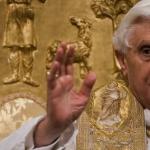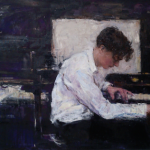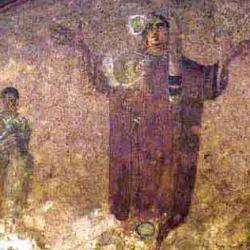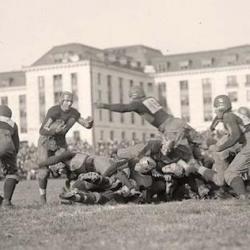Maxwell Johnson ends a chapter on “the Apostolic Tradition” in the Oxford History of Christian Worship with a reflection on the challenge of identifying the content of the “liturgical tradition”:
“it has become extraordinarily difficult in the light of contemporary liturgical scholarship to say clearly from within this formative period of the first three centuries what this ‘inherited tradition’ actually is. That is, the history of Christian worship in these centuries is not the history of a single tradition of worship that undergirds the diversity of liturgical practices stemming from some pristine, unitive, or ‘apostolic’ core; rather, it is itself the history of a plurality of liturgical practices from the very beginning. There is no one clearly deduced ‘apostolic tradition’ of Christian worship, but . . . a variety of traditions. As a consequence, it becomes next to impossible to begin sorting out from this variety what should be considered as constituting – authoritatively or normatively – the ‘inherited tradition’ of worship into which the church today is to ‘replunge’ itself” (67; “replunge” is taken from Geoffrey Wainwright).
After running through a series of examples of the diversity of the early liturgical tradition, he admits that “even if we do not know from the earliest period what exactly constituted Christian liturgy in precise detail, the fact remains that all of our liturgical evidence from at least Justin Martyr on through the sixteenth-century Reformation clearly indicates the continued existence of some kind of ‘baptismal’ rite of initiation in water and the Holy Spirit, the continued assembling of churches on Sundays and other feast days on a liturgical calendar to hear the word and share in some form of eucharistic meal with its great eucharistia as the ‘memorial’ of Christ and central act of the worship of God, the existence of patterns for daily prayer (whether private or communal), some form of ‘order,’ and some form of ministry outside of the community” (67-8).
There is, in short, “some kind of universal pattern or ordo of worship that the diverse churches of Christian antiquity did see as providing a universal norm which determined its understanding of what constituted Christian worship” (68). That universal ordo seems a promising place to start when we consider how to reconcile the variety of Christian liturgical practices today.











